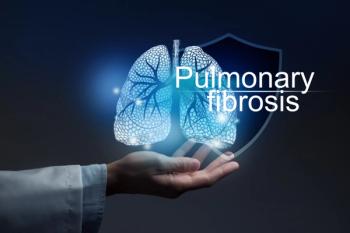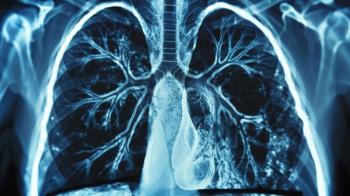
Sarcopenia affects patients with ELD, ILD and pulmonary hypertension, new study shows
Key Takeaways
- Sarcopenia affects 31.6% of end-stage lung (ELD) disease patients, with prevalence influenced by age, sex, region and diagnostic criteria.
- Sarcopenia worsens respiratory function, increases hospitalization risk, and elevates mortality in ELD patients.
But a new study by researchers at The Second Affiliated Hospital of Zhejiang University School of Medicine in Hangzhou, China, suggests that this syndrome also significantly impacts patients with end-stage lung diseases (ELD) such as chronic obstructive pulmonary disease (COPD), interstitial lung disease (ILD) and pulmonary hypertension.
Their
To support their hypothesis, the researchers conducted a systematic review and meta-analysis, searching major English-language databases including PubMed, Web of Science, Embase, Cochrane Library, CINAH and Scopus, and selecting cross-sectional studies of adult ELD patients that reported sarcopenia prevalence.
After going through all the literature, the study team included 24 studies with a total of 6,800 patients. Their results revealed a pooled prevalence of sarcopenia of 31.6 % among patients with end‐stage lung disease.
Beyond the overall prevalence, their analyses uncovered striking differences. For one, patients who were 70 years or older had higher rates than younger patients. Also, men had a higher prevalence than women (33% vs. 11%). Prevalence also varied by diagnostic criteria: studies using the AWGS2019 guidelines reported higher rates than those using older or different criteria.
Measurement methods made a difference as well, with the study authors learning dual-energy x-ray absorptiometry (DXA) compared with bioelectrical impedance analysis (BIA) yielded different prevalence estimates.
Geographic region and disease subtype also mattered: Asian populations reported higher rates than European/North American groups, and among disease types, COPD patients had a higher prevalence than ILD/IPF.
“Sarcopenia is prevalent among patients with ELD, with its prevalence varying across different populations due to multiple influencing factors, resulting in distinct clinical outcomes,” wrote lead author Li Sheng and colleagues, pointing out that sarcopenia in ELD is more than a mere bystander.
“Muscle loss and weakness may worsen respiratory muscle function, reduce exercise capacity, increase risk of falls or fractures and raise mortality,” they wrote. “Patients with ELD who also have comorbid sarcopenia exhibit an elevated risk of hospitalization, prolonged mechanical ventilation dependence and a markedly elevated all-cause mortality rate.”
The study provides compelling evidence that sarcopenia affects roughly one in three patients with end-stage lung disease, varies by age, sex, region, diagnostic criteria and disease subtype, and is associated with worse clinical outcomes.
Based on the findings, the study suggests clinicians caring for patients with advanced lung disease should actively consider screening for sarcopenia as an aspect of disease, not just as an age‐related issue.
The authors advocate for “targeted intervention strategies based on these factors to reduce the incidence of sarcopenia and enhance the quality of life.”
The authors noted limitations from their findings. The studies they analyzed were cross-sectional, so they could not establish causality. Additionally, measurement tools and criteria varied widely and some population groups remain understudied.
Nevertheless, the findings underscore a substantial unmet need.
“Sarcopenia is highly prevalent in patients with end-stage lung disease, underscoring its considerable burden in this population and calling for heightened clinical attention,” the authors wrote.
Newsletter
Get the latest industry news, event updates, and more from Managed healthcare Executive.




















































